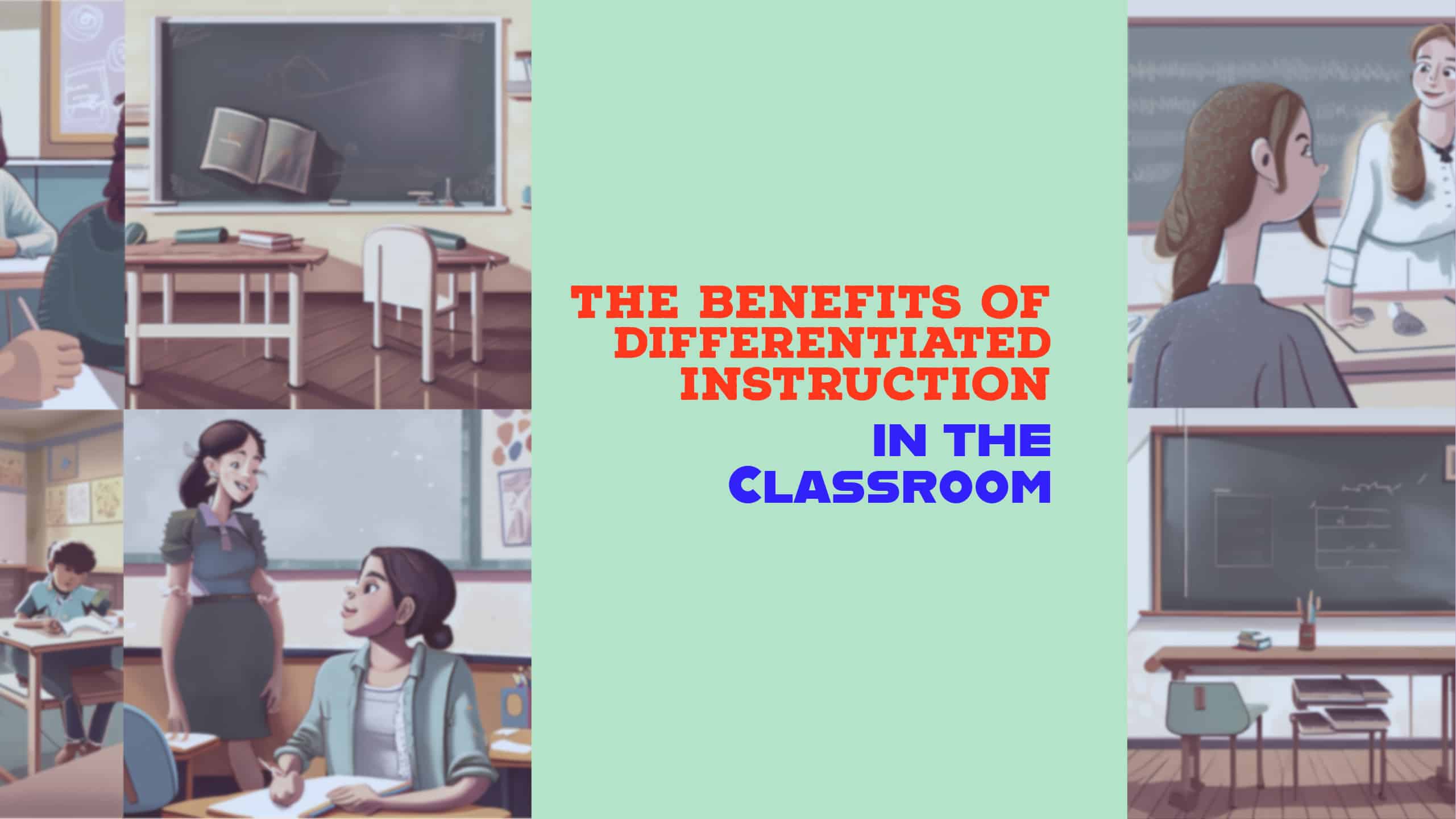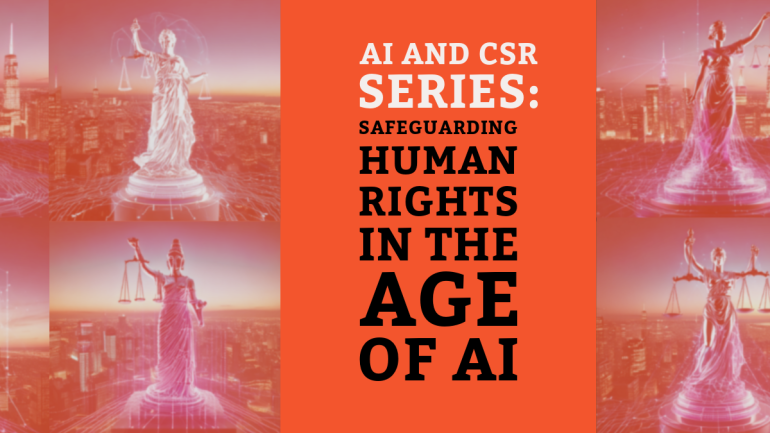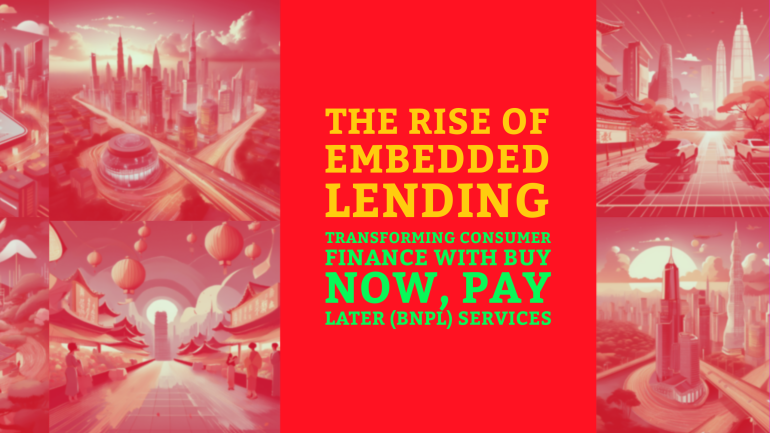Table of Contents
You may also interested:
TL;DR: The Benefits of Differentiated Instruction in the Classroom
- Differentiated Instruction Tailors Learning: Adapts teaching to diverse student needs, enhancing understanding and engagement.
- Supports Diverse Learning Styles: Accommodates a range of abilities and learning styles, including special needs and gifted students.
- Improves Academic Performance: Personalized learning leads to better retention of concepts and higher student achievement.
- Fosters an Inclusive Classroom Environment: Creates an effective, engaging space for all students, ensuring educational equity.
Embracing Diversity in Learning
Have you ever pondered why a one-size-fits-all approach in education often falls short? This is where differentiated instruction, a cornerstone of modern educational practices, comes into play. It’s an innovative approach that tailors teaching methods to meet the diverse needs of students in the classroom. Covering differentiation strategies, diverse learners, individualized learning, and student engagement, this article will delve into why personalized education, inclusive of various learning styles, is pivotal in a student-centered approach to education.
Defining Differentiation in Education
What exactly is differentiated instruction? It’s a teaching philosophy that adapts classroom instruction to suit different learning styles, abilities, and interests. At its heart, it acknowledges that each student is unique. But how does it cater to these diverse needs, and why is considering individual learning styles so crucial?
Benefits of Differentiated Instruction
A. Boosting Academic Performance
The profound impact of differentiated instruction on academic performance can be attributed to its alignment with the principles of constructivism, a theory that posits learners construct knowledge through experiences and reflections. In a differentiated classroom, when a student engages with material in a manner that aligns with their personal learning style, it facilitates the construction of knowledge.
This approach, which might include visual aids for visual learners or discussion groups for social learners, ensures that learning is not just a passive reception of information but an active, engaging process. The result? A significant increase in motivation, understanding, and ultimately, academic achievement. This method doesn’t just help students understand concepts; it helps them internalize and apply them, leading to a deeper and more lasting grasp of the material.
B. Embracing All Learners
In a differentiated classroom, the diversity of learners is not just recognized; it’s celebrated. This approach echoes the inclusive principles of Universal Design for Learning (UDL), which aim to optimize teaching for all people, based on scientific insights into how humans learn. Differentiated instruction provides multiple means of representation, expression, and engagement to meet the needs of all students, including those with special needs, English language learners, and gifted students.
For instance, a teacher might use graphic organizers to help students with learning disabilities organize their thoughts or advanced problem-solving tasks for gifted students. In doing so, differentiated instruction ensures that every student has access to learning in a way that works for them, creating an educational environment where everyone has the opportunity to succeed.
C. The Power of Personalized Learning
Personalization in instruction addresses the unique learning paths of each student. This approach resonates with the theory of individualized instruction, which suggests that instruction should be paced to the learning needs of each student. By customizing learning activities to align with individual interests, strengths, and challenges, differentiated instruction fosters a deeper and more meaningful understanding of the subject matter.
This could mean offering different reading materials based on reading levels or allowing students to choose how they demonstrate their understanding of a concept. Long-term, this individualized approach not only enhances academic performance but also promotes self-efficacy and a positive attitude towards learning. Students learn to take ownership of their learning journey, preparing them for lifelong learning and adaptability in an ever-changing world.
Strategies for Implementing Differentiated Instruction
A. Understanding Each Student
Effective differentiation starts with understanding each student’s unique needs. Pre-assessment is crucial here – it’s like a roadmap guiding us towards the most effective teaching strategies. But what assessment methods work best in this context?
B. The Dynamics of Flexible Grouping
Flexible grouping is a vital component of differentiated instruction. It involves grouping students in various ways – by ability, interest, or a mix of both – to optimize learning experiences. But how do we ensure these groupings are effective and inclusive?
C. Diversity in Teaching Methods
One of the hallmarks of differentiated instruction is the use of varied instructional methods. From hands-on activities to visual aids, these methods cater to different learning preferences. But how can technology be integrated to enhance these strategies?
Overcoming Challenges in Differentiated Instruction
A. Managing Time Effectively
One of the biggest challenges in implementing differentiated instruction is time management. How can educators plan and prioritize effectively to ensure that every student’s needs are met within the constraints of the school day?
B. Creating a Cohesive Classroom
Classroom management is another critical aspect. Establishing clear expectations and routines is essential for a smooth-running, differentiated classroom. But what does it take to create a positive and inclusive learning environment that benefits all students?
Conclusion: Transforming Education Through Differentiation
In conclusion, differentiated instruction is more than just a teaching method; it’s a pathway to a more inclusive, effective, and engaging educational experience. By embracing differentiation strategies, diverse learners, and personalized education, educators can foster a learning environment that is truly student-centered. This approach not only caters to individual learning styles but also promotes overall student engagement and academic success.
As we navigate the complexities of modern education, the need for an approach like differentiated instruction becomes increasingly clear. It’s an investment in our future, shaping a generation of learners who are equipped to meet the challenges of an ever-changing world.
FAQs on Differentiated Instruction in the Classroom
- What is Differentiated Instruction?
- Differentiated instruction is a teaching approach where educators modify their teaching methods and strategies to meet the diverse learning needs and preferences of their students.
- How Does Differentiated Instruction Benefit Students?
- It enhances student engagement, understanding, and academic performance by addressing individual learning styles, and provides an inclusive learning environment that caters to all students, including those with special needs.
- Can Differentiated Instruction Improve Academic Performance for All Students?
- Yes, by tailoring learning experiences to individual needs and styles, students can grasp concepts more effectively, leading to improved understanding and better academic outcomes.
- What Are Some Effective Strategies for Implementing Differentiated Instruction?
- Strategies include assessing students’ needs, using flexible grouping, and employing varied instructional methods like hands-on activities, visual aids, and technology integration to cater to different learning styles.
- What Are the Challenges of Implementing Differentiated Instruction and How Can They Be Overcome?
- Challenges include managing time effectively and maintaining classroom order. These can be overcome with careful planning, prioritization, and establishing clear expectations and routines in the classroom.




